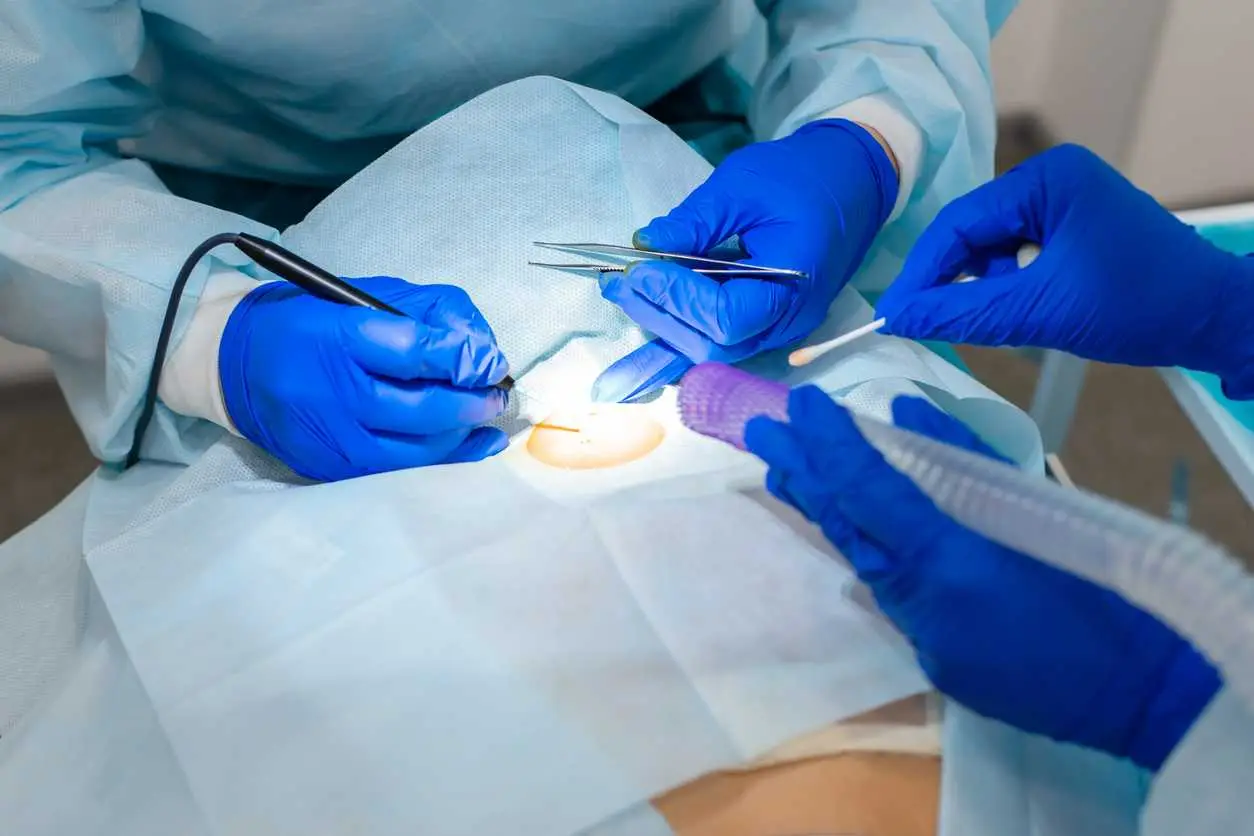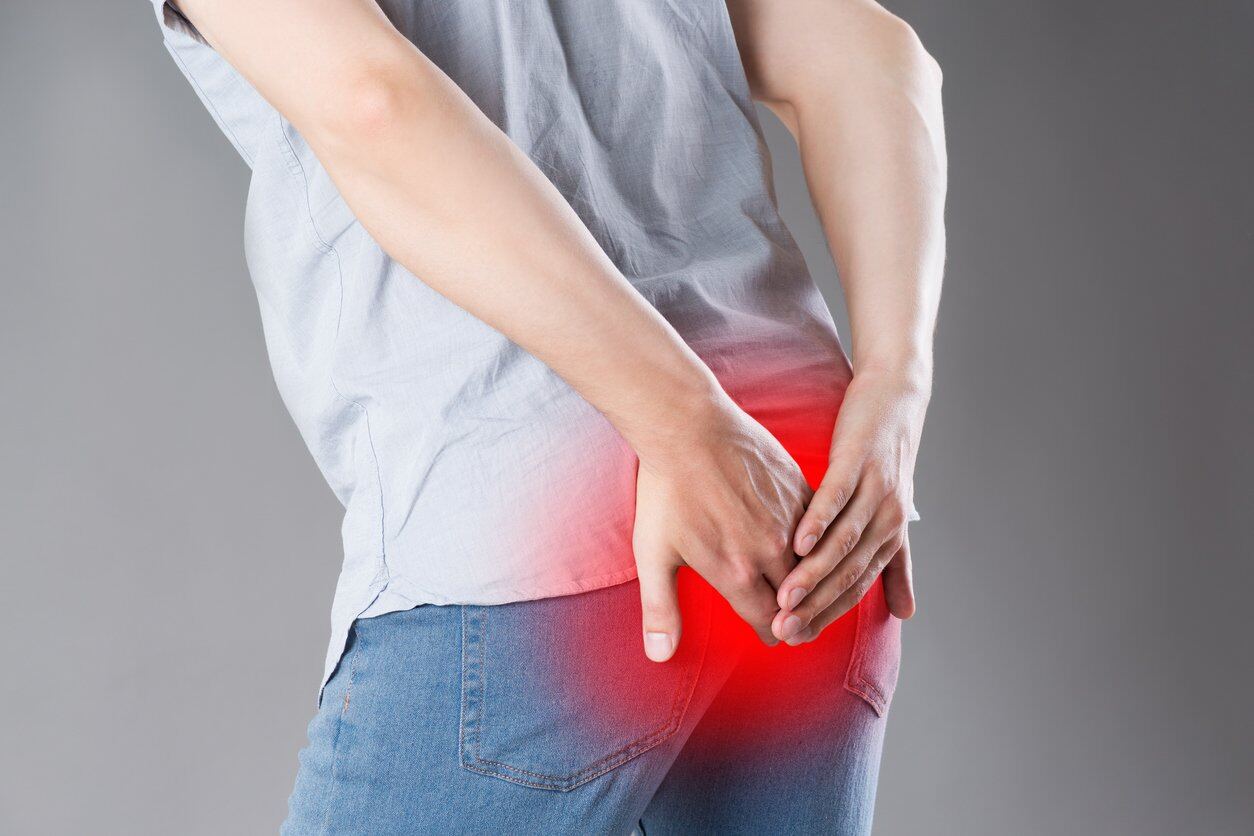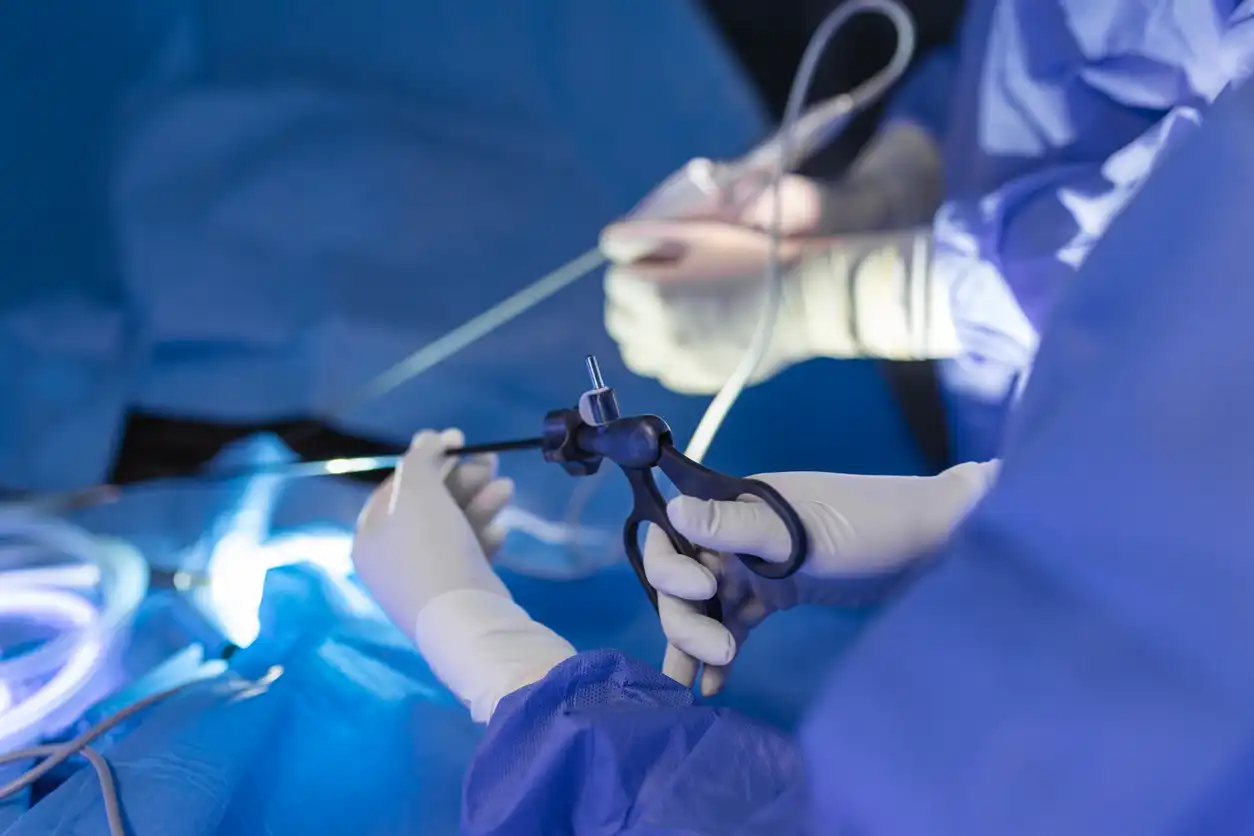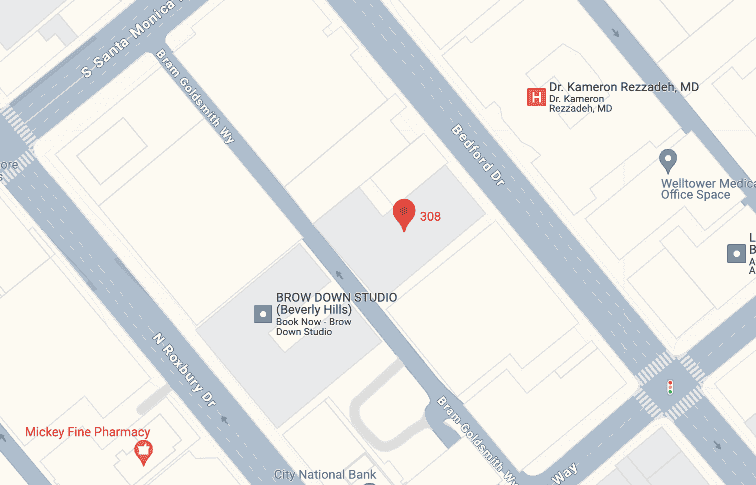A pilonidal cyst is a small, typically skin sac or pouch close to the tailbone. It will become inflamed with pus and tender, swollen, and painful to have. Pilonidal cysts, if neglected, are most commonly caused by ingrown hair and more commonly found in young adults, especially men. A pilonidal cyst, left untreated, will result in recurring chronic infection. Rarely, the most effective long-term care is pilonidal cyst surgery video when the pilonidal cyst recycles or continues to recycle.
When to Have Pilonidal Cyst Surgery
Surgery is reserved only when other methods of treatment, including antibiotics or drainage, are unsuccessful. Surgery is the last resort when the cyst recycles or results in haplessly painful attacks. Recurrent infection, chronic pain, and sitting pain are indications for which you may need pilonidal cyst surgery. For someone with a profession or lifestyle requiring amounts of sitting that are more than average, waiting will prove futile. Surgery early on prevents complications and decreases recovery time.
What Type of Surgery is It?
A variety of various surgeries correct pilonidal disease. Surgery hinges on how bad and how recurrent the cyst is.
Incision and Drainage
It is the most common and simplest form of surgery. It’s a minor cut to drain the infection. It’s usually done in a physician’s office and does not require much time to recover.
Excision Surgery
Here, tissue along with the whole cyst is excised. This is most suitable in the case of recurred or complicated cysts.
Flap Surgery
In the case of recurred cyst instances, this is done a number of times. The closed incision has a low recurrence rate that is coupled with a quick healing time, and the means of closure is a flap of skin.
Getting the proper consultation from the right kind of specialist increases the likelihood that you will have the very best outcome from whatever surgical procedure is performed. Without proper consultation, you won’t get a good outcome.
Preparing for Surgery
First, a consultation. The doctor then does a physical examination. After that, he explains how to get ready for the operation.
Pre-operative explanation by your surgeon minimizes risk and maximizes success. Transport and working off arrangements need to be organized, particularly in the case of general anesthetics used during operation.

What Does Recovery Feel Like?
Recovery will vary depending on the surgery that was performed. Most can get back to light exercise relatively quickly. Full recovery will take weeks, however. Sponging the wound, bandaging the wound, and not putting pressure on the surface of the wound are all post-operative care. Keeping it all clean and taking care of the wound will prevent it from getting infected. For some, follow-up visits will be required to track recovery. Over-the-counter or prescription painkiller drugs can be used to manage pain. Do what your doctor advises to achieve the best result.
What Are the Risks and Benefits?
Like any other operation, pilonidal cyst surgery is risky. They consist of infection, bleeding, prolonged healing, and recurrence of the cyst. Better than not, the good outsmarts the bad. Operation ends suffering and pain sooner down the road. Operation lowers your chances of developing an infection down the road and improves quality of life. Obtaining the top surgeon and post-op treatment diminishes the possibilities of gaining a complication and will heal quicker.
How Do You Choose the Best Surgeon?
Having the best medical professional on the job with the work being done is where you begin proper care. Request a board-certified colon or general surgeon who excels in pilonidal cyst surgery. Ask your friends, search online, or ask your doctor. Try to find the person who will hear you out and guide you through all the choices you have. A good surgeon will explain the operation, benefits and risks, and what is going to happen when you are recovering with you. Having trust in your care team leads to improved outcomes.
What Do You Need to Ask When You Have Your Consultation?
Attend your session with some idea of what you wish to ask. That will make you clear about surgery and if surgery is in your best interest or not.
Honesty about what you’re telling me actually dispels fear and makes you assured in the service of your surgeon.
What Do You Do to Prevent Recurrence?
After healing, it is a good idea to do something to prevent recurrence. Thoroughly cleansing the area, shaving the area, and staying there for some time may reduce the recurrence risk.
These are some ways to prevent recurrence:
- Hygiene and Grooming
- Get out of the dry and clean area. Prevention of infection is daily hygiene.
- Removal of hair
- Trim or cream depilatory
- Shaving is not preferred because it irritates the skin.
- Comfortable clothing
- Wear loose and light clothing as a precaution to minimize friction.
- Avoid Long Seating
- Provide break intervals between sitting for extended periods, particularly after recovery.
- Healthy lifestyle
Eat nutritiously so your weight is satisfying as well as activity levels so the weight is not channeled to the tailbone.
How to Assist Healing At Home
Home care significantly contributes to the success of recovery. Adhere strictly to doctor’s instructions. Use recommended ointments, dress daily, and seek an immediate follow-up visit to your doctor if infected. Do not exercise vigorously for two weeks.
Is Pilonidal Cyst A Reccurring Condition?
While surgery is successful, recurrence is still very slightly possible. This depends on the type of surgery done and how well advice on aftercare is heeded. After being clean, shaving, and making lifestyle changes to a great extent minimizes recurrence. Regular visits to your physician aid in identifying earlier signs of recurrence. Opting for an experienced surgeon and being a well-behavioral patient with your pilonidal cyst treatment video protocol ensures best practices of remaining cyst-free for the rest of your life.
How Does Everyday Life Change After Pilonidal Cyst Surgery?
Except for most of the patients, return to normal activities after convalescence should be easy. Some minor adjustments like avoiding sitting on the tailbone and adjustment in sitting position may be necessary temporarily. You will have to take a few days’ leave from work or school based on working or schooling. But because of the nature of convalescence, most of the patients feel with great relief along with qualitative improvement perception.
What If You Dread Surgery?
Nerves are to be anticipated before surgery of pilonidal cyst video. Be honest with your doctor about what you’re afraid of. Letting them know the procedure, how they’ll recover, and the reward will put them at ease. Ease down the road is generally worth preliminary pain for most. Most of them wish they had done it earlier. It has a friendly, welcoming staff that will go the extra mile to put you at ease and trust them and get a good result.
Are There Alternatives to Surgery?
There are surgical options for some and they can work—i.e., a single episode of cyst or mild symptoms. These include warm baths, antibiotics, and laser epilation. But with repeated infection return, videos of pilonidal cyst surgery will be your best long-term solution. Your professional surgeon will guide as how to go about your case.
Conclusion
Pilonidal cyst surgery can eliminate the pesky, painful bumps and infections that make life miserable. With the right doctor and proper aftercare, patients can recover and avoid further Pilonidal cyst hassles. If you’re living in misery and agony, it’s likely time to make the initial move toward lasting relief and have the cyst taken out.







